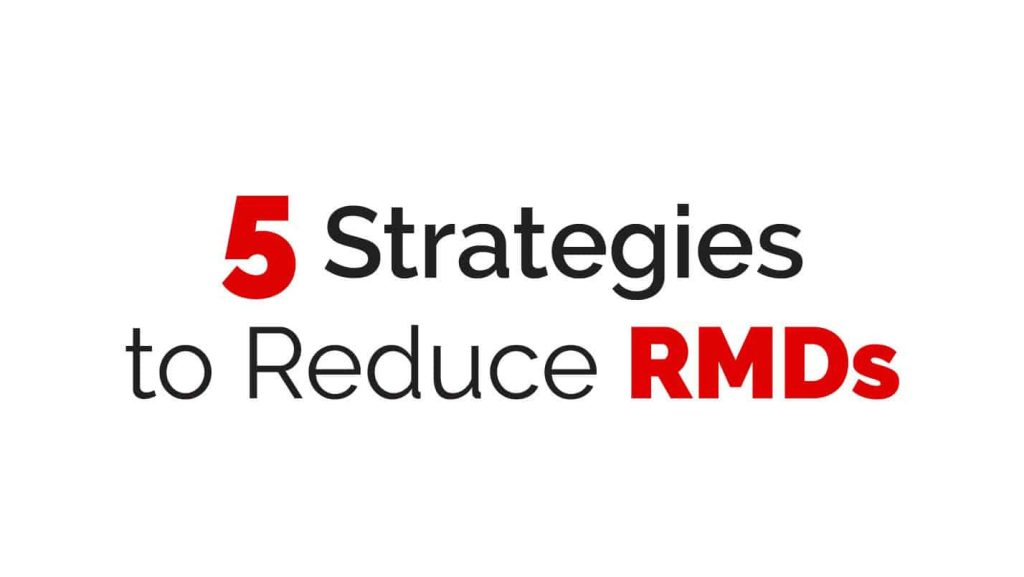Common Investing Mistakes
Welcome to Cup of Bull, my name is Michael Dunham, Director of Planning here at Fontana Financial Planning, and with me today is Patrick Fontana,

Welcome to Cup of Bull, my name is Michael Dunham, Director of Planning here at Fontana Financial Planning, and with me today is Patrick Fontana,

How High Earners Can Sneak Money Into a Roth IRA (Legally, Of Course) If you’ve ever felt left out of the Roth IRA party because

Health Savings Accounts (HSAs) are one of the best financial tools out there—offering tax advantages and long-term growth potential. But unfortunately, most people don’t use
We send out a weekly newsletter that mirrors the content of our blog posts. If you would rather digest this content directly from your inbox just fill out the form provided.
